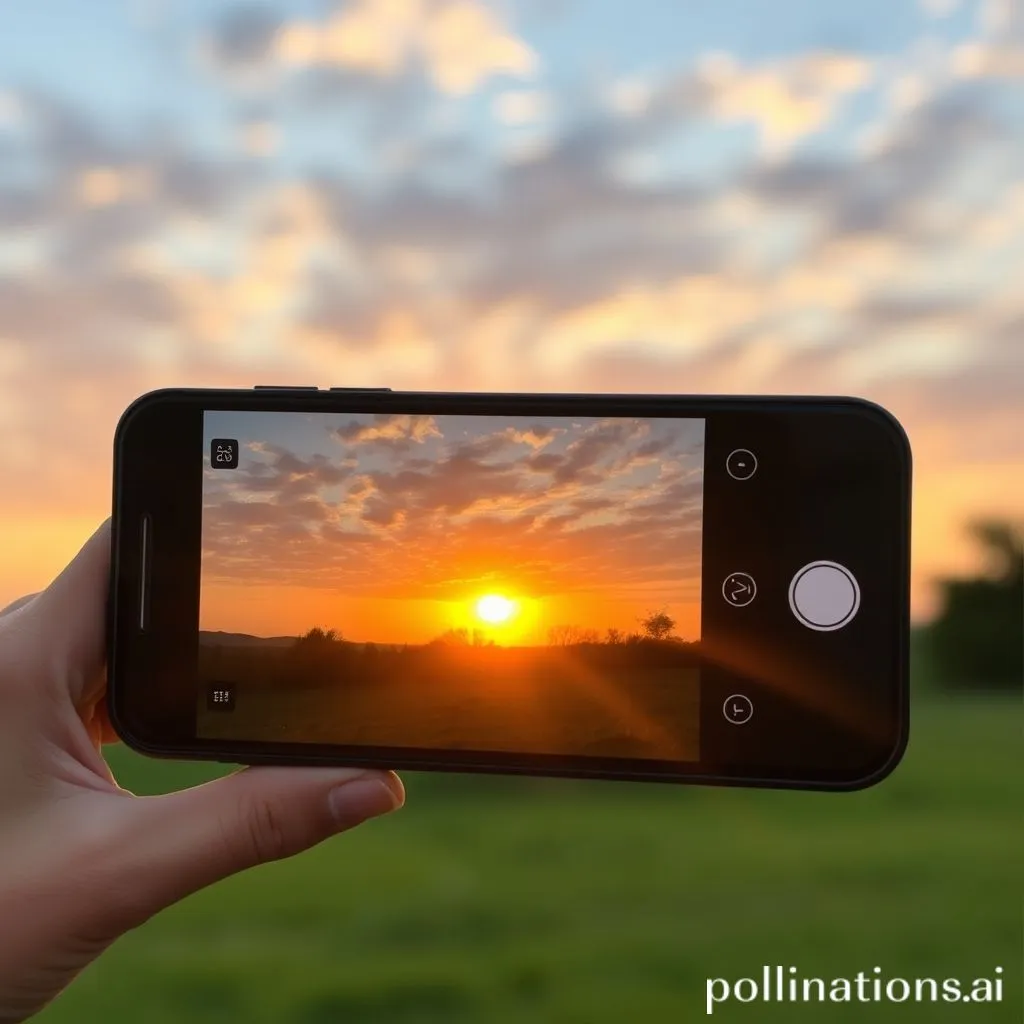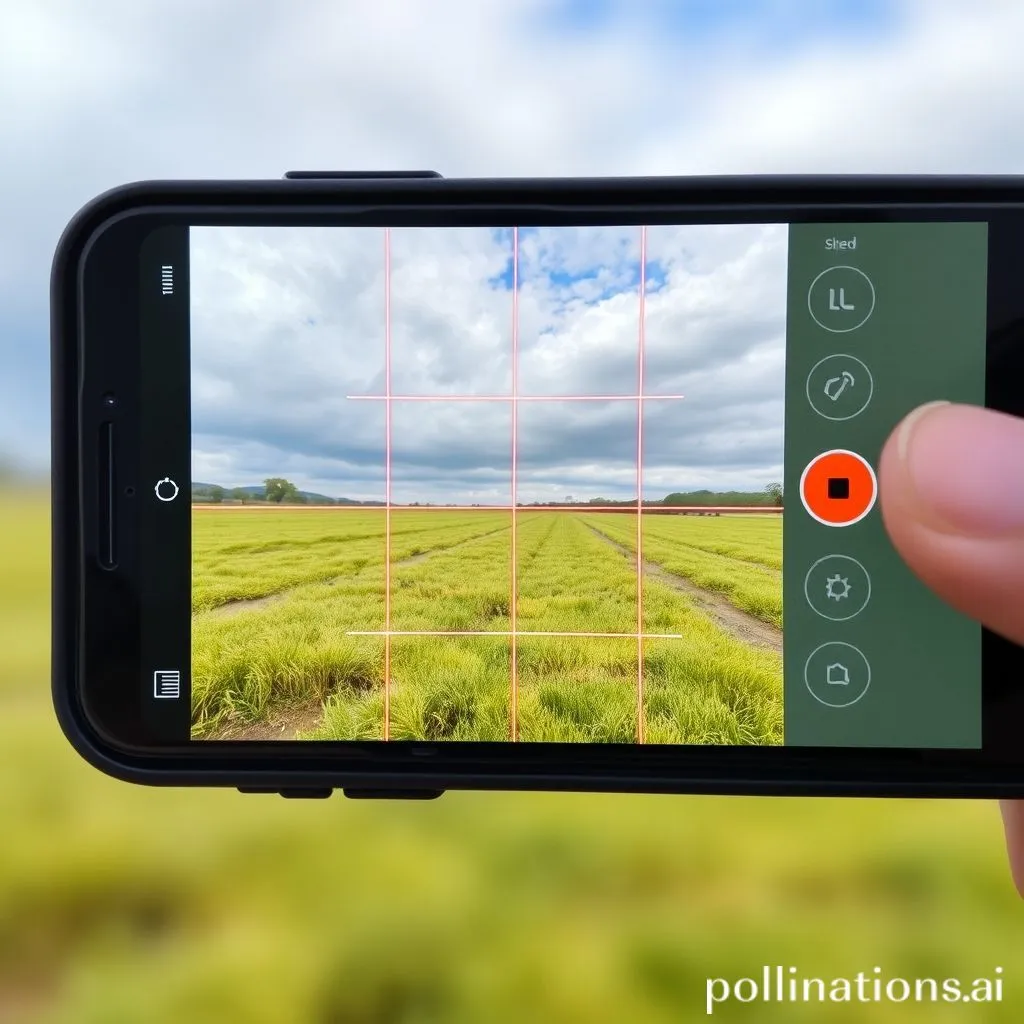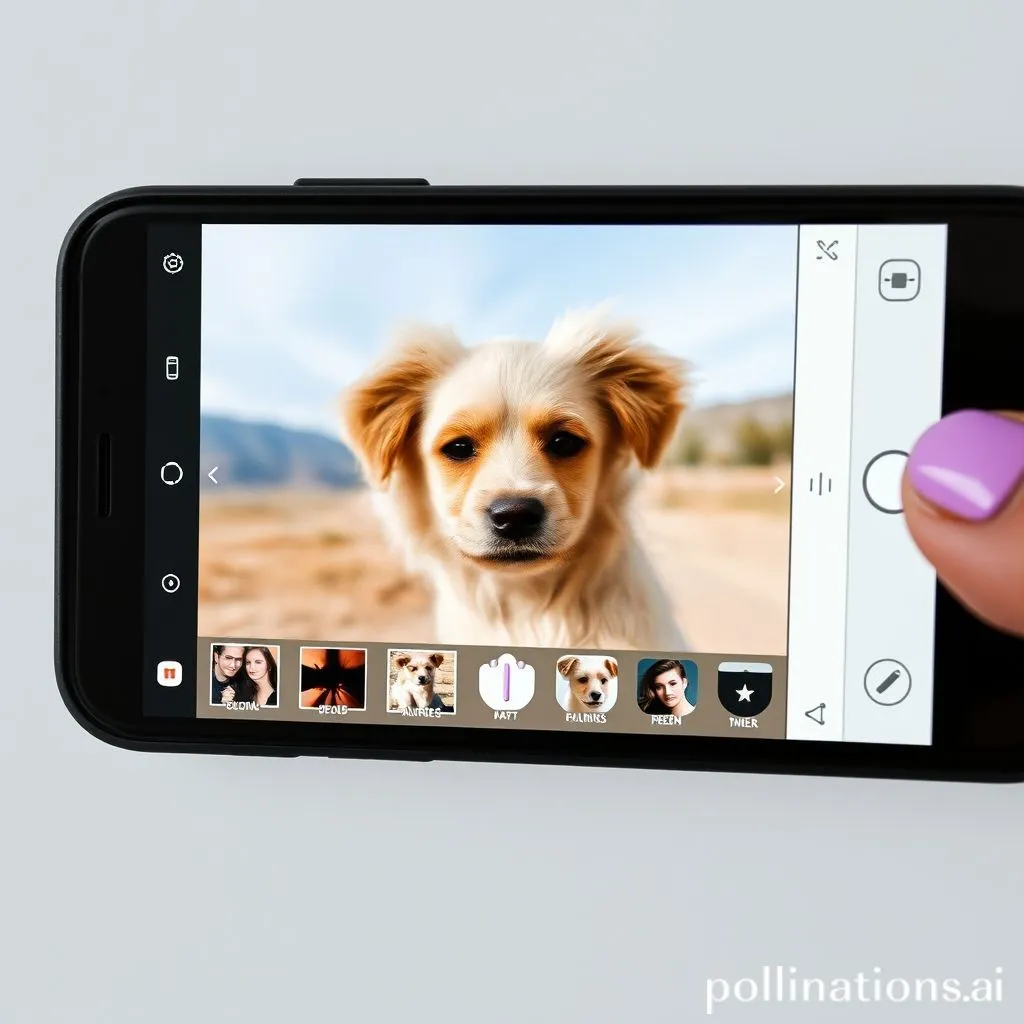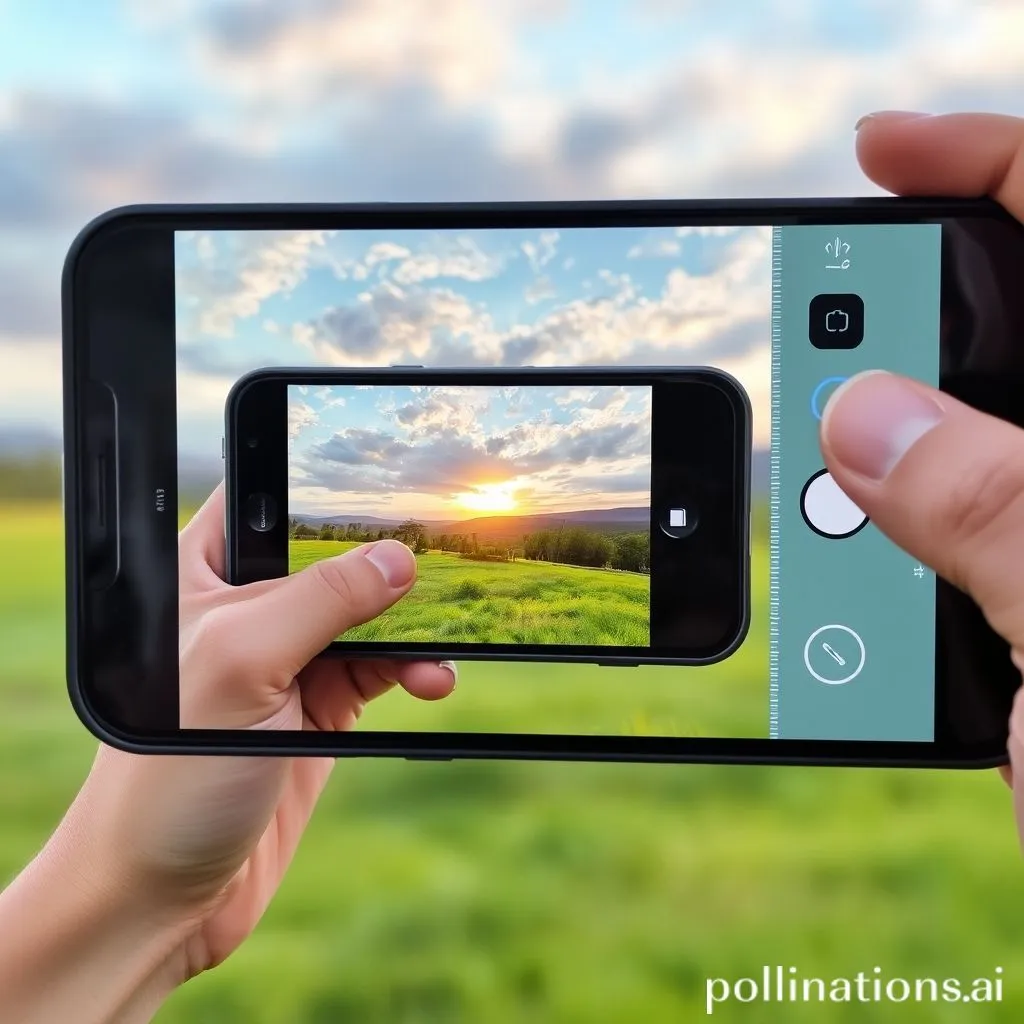Mastering Smartphone Photography: Tips & Tricks for Stunning Photos in 2025
In 2025, our smartphones are more than just communication devices; they are powerful cameras capable of capturing stunning, professional-looking photos. Gone are the days when you needed expensive DSLR cameras for breathtaking shots. With advancements in computational photography and AI, your pocket-sized device holds immense photographic potential. However, simply pointing and shooting might not always yield the results you desire.
This comprehensive guide is dedicated to helping you master smartphone photography by providing essential tips and tricks. Whether you own the latest iPhone, a flagship Android, or a budget-friendly device, we’ll show you how to unlock your phone’s camera potential and capture truly stunning photos in 2025. Get ready to elevate your mobile photography game!
Why Smartphone Photography is More Powerful Than Ever
Modern smartphones have transformed the photography landscape:
- Convenience: Always with you, ready to capture moments instantly.
- Computational Photography: AI and advanced algorithms process multiple images simultaneously to create better HDR, low-light shots, and portrait effects.
- Versatile Lenses: Multiple lenses (wide, ultrawide, telephoto, macro) offer diverse shooting perspectives.
- Easy Editing: Powerful built-in and third-party editing apps allow for quick enhancements on the go.
- Instant Sharing: Photos can be instantly shared on social media or with friends and family.
Essential Tips & Tricks for Stunning Smartphone Photos
To truly master your phone’s camera, apply these techniques:
1. Clean Your Lens!
This is the most overlooked tip. Your phone is constantly in your pocket or hand, picking up smudges and dust. Always wipe your camera lens with a soft, clean cloth before taking a photo. A dirty lens leads to hazy or blurry images.

2. Master the Lighting
Lighting is everything in photography.
- Use Natural Light: Shoot outdoors during the “golden hour” (shortly after sunrise or before sunset) for soft, warm light.
- Avoid Harsh Midday Sun: Direct overhead sun can create harsh shadows. Seek shade or shoot on cloudy days for softer light.
- Shoot Towards the Light (Backlight with Purpose): For silhouettes or dramatic effects. Otherwise, ensure the light source is in front of your subject.
- Utilize HDR (High Dynamic Range): For scenes with both very bright and very dark areas, HDR blends multiple exposures for a more balanced image.

3. Use the Rule of Thirds
- Activate the grid lines in your phone’s camera settings.
- The Rule of Thirds suggests placing your subject or points of interest along these lines or at their intersections. This creates a more balanced and visually appealing composition than simply centering everything.

4. Don’t Zoom (Digitally)
- Digital zoom just crops and enlarges your image, leading to pixelation and loss of quality.
- Instead: “Zoom with your feet” – physically move closer to your subject.
- If your phone has a telephoto lens, use that for optical zoom.
5. Focus Manually
- Simply tap on your phone’s screen where you want the focus to be. This also often adjusts the exposure for that spot.
- Long-press (tap and hold) to lock focus and exposure (AE/AF Lock) if your subject is moving or lighting is tricky.
6. Experiment with Portrait Mode
- Most modern smartphones have a Portrait Mode that creates a blurred background (bokeh effect).
- Use it for people, pets, or objects to make them stand out.
- Experiment with the depth effect intensity if adjustable.
7. Shoot in Bursts (for Action Shots)
- For moving subjects, press and hold the shutter button (or volume button) to take a burst of photos. You can then pick the sharpest one.
8. Explore Pro/Manual Mode
- If your phone has a Pro or Manual Mode, learn about settings like ISO, Shutter Speed, White Balance, and Exposure Compensation. This gives you more control over the final image.
9. Edit Your Photos!
- Even great photos can be enhanced. Use your phone’s built-in editor or apps like Snapseed, Lightroom Mobile, or VSCO.
- Adjust brightness, contrast, saturation, sharpness, and crop for impact. Don’t overdo the filters.

Common Smartphone Photography Mistakes to Avoid
- Not Cleaning the Lens: (As mentioned, it’s the most common mistake!)
- Using Digital Zoom: Leads to blurry, pixelated photos.
- Ignoring Lighting: Shooting in poor light, especially against strong light sources without compensation.
- Over-editing: Too many filters or extreme adjustments can make photos look artificial.
- Shaky Hands: Use both hands, prop your phone up, or use a mini-tripod for sharper images, especially in low light.
- Forgetting to Tap to Focus: Letting the camera decide focus can lead to blurry subjects.
Conclusion
Your smartphone is an incredibly powerful tool for capturing life’s moments, and with a few simple techniques, you can transform your everyday snaps into truly stunning photographs. In 2025, mastering smartphone photography is about understanding the basics of light and composition, knowing your phone’s capabilities, and embracing the power of editing.
By consistently applying tips like cleaning your lens, using natural light, leveraging the Rule of Thirds, and intelligently editing your shots, you’ll unlock your phone’s full photographic potential. Get ready to capture breathtaking images and share your unique perspective with the world! What’s your favorite thing to photograph with your phone? Share your thoughts in the comments below!
